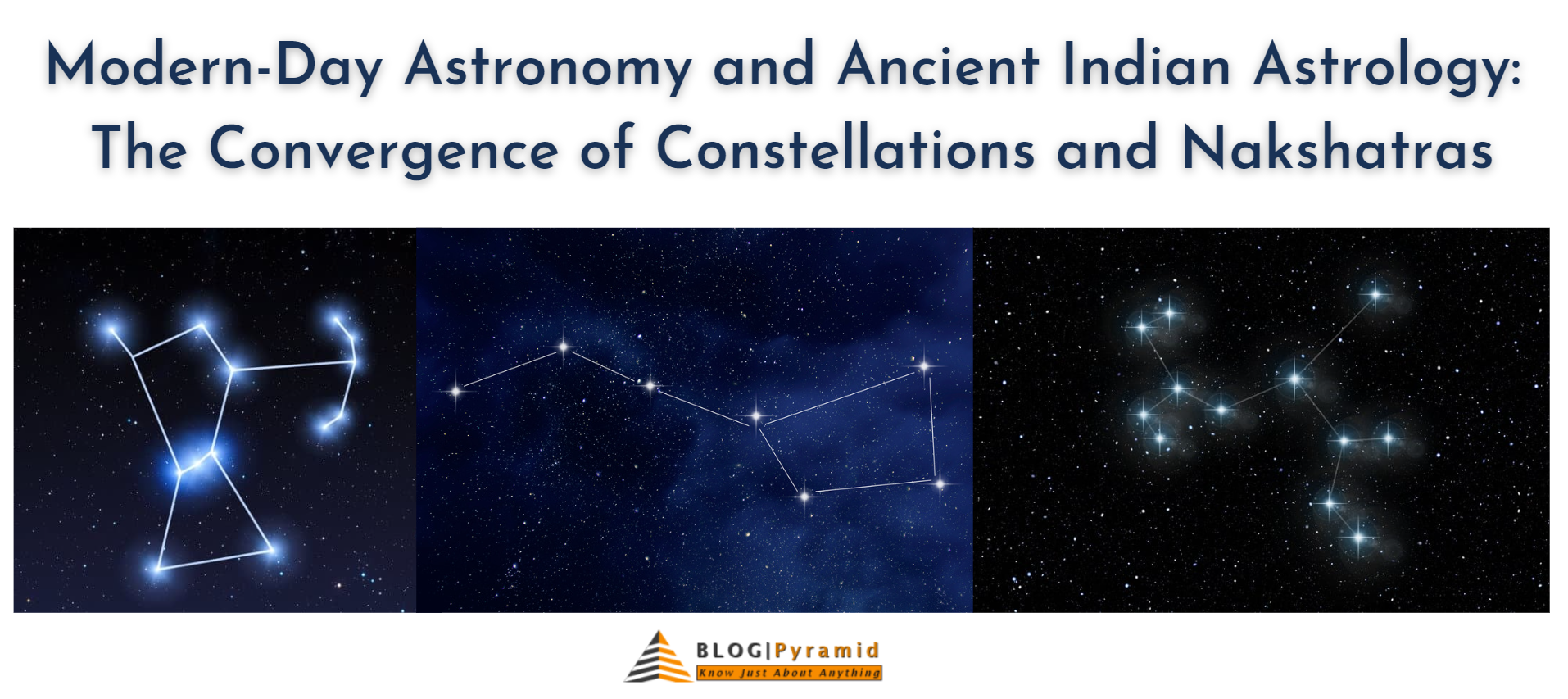It has often been said that profit breeds innovation. Nothing can be truer with oil and gas exploration.
Innovation in the oil and gas industry is nothing new, but it seems that in the past year new inventions are popping up every day to locate and extract oil from reserves that were impossible to reach in the past. This includes improvements within fracking technologies, 3-D and 4-D seismic imaging and CO-2 sand fracturing.
Though hydraulic fracturing, or fracking, has been a wildly successful means of extracting oil from sandstone deposits, it has stirred up significant controversy in past years. Many say that the cost far outweighs the benefits, and for good reason. Reports have come out that fracking can lead to contaminated water supplies, shifts in ground levels or even earthquakes in severe cases. Proponents of fracking argue that as technologies improve and environmental standards become more stringent, fracking will not only become more sustainable, but also imperative to the United States economy.
For instance, Envirofrac, which was founded in 2010 to evaluate the types of additives typically used in the process of fracking, focuses on finding and eliminating unnecessary and potentially dangerous chemicals in the fluid used for fracking. To date, the company has eliminated 25 percent of additives in the hydraulic fluid. Though the fluid is made up of 98 percent water, the other 2 percent are potentially dangerous to both the environment and human consumption. Furthermore, with a sufficient hose protection system, cracks in pipes are less likely, which also reduces the possibility of leaks into the ground.
Unlike hydraulic fracturing, CO2 sand fracturing is the process of injecting a mixture of sand components and liquid CO2 into fracture formations, creating a pathway for natural gas to flow more freely. As the CO2 heats up, it vaporizes, leaving behind sand in the new formation, which holds the new cracks open. Because there are no harmful chemicals left behind, CO2 sand fracturing reduces the likelihood of water contamination of leftover waste underground.
The development of seismic imaging in three dimensions greatly increased the nature of oil and gas exploration. This type of imaging identifies subsurface layers in three dimensions using powerful computers and processors. New technologies have expanded on this by adding another dimension, time, into the picture, which shows how subsurface characteristics over time. This reduces exploration time and cuts down on cost, while also better preserving the environment.
Though alternative forms of energy have led the way for a more sustainable future, oil and gas companies have also helped cut back on waste and make the industry cleaner. Fossil fuels will never be the true answer to threats of global warming and environmental issues, new technology is at least making a more viable option.
Author’s Bio: Patrick Rafferty is a digital marketing specialist for Brahman Systems, a Louisiana based construction company with a patented all-steel enclosed hose and cable protection.








